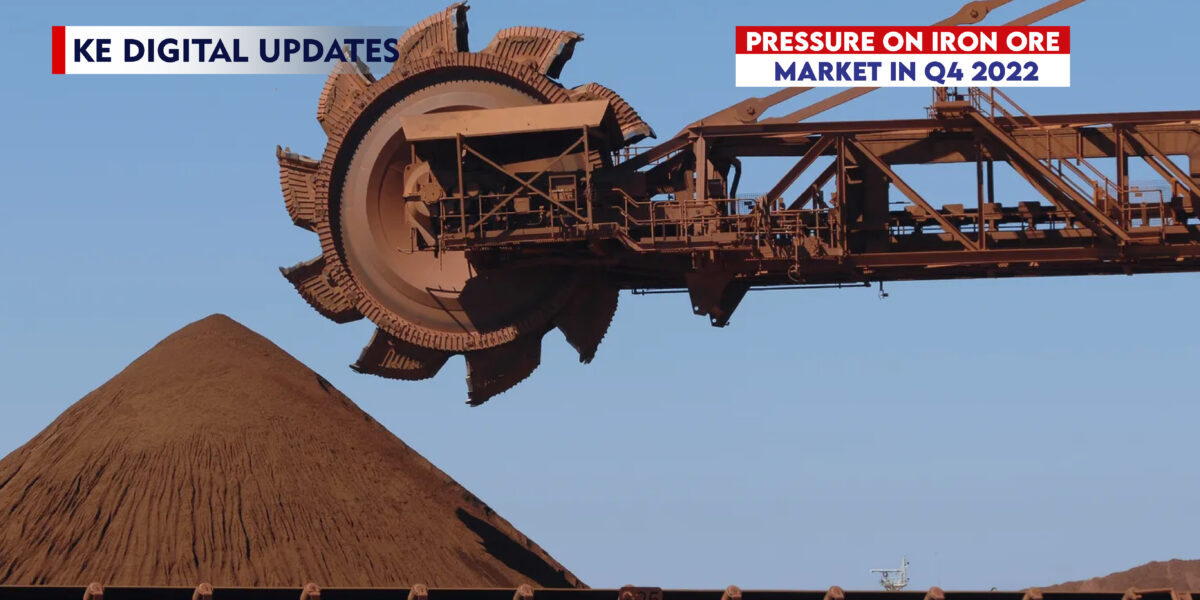China’s steel market is showing a downward trajectory; major minors are operating, hoping for a better future in the global steel market. Traders and market experts predict that China’s policy of “Zero Tolerance for Covid” and a slump in the real estate market will cause more fall in demand.
On the other side, demand for low & medium-grade iron ore has increased; China’s steel producers are more concerned about their business profits rather than focusing on the standards of quality and the environment. The government is trying to boost the demand, but overall market demand will remain low until the construction sector does not have a demand.
Brazil’s Vale and British-Australian Rio Tinto have a plan to increase the supply to achieve the target. Rio will increase shipment to 58.7 million in Q4 to achieve the target of 320-335 million tons.
RBC Capital Market estimates show that prices will fall to $80 per ton on average in Q4 of 2022. Tayler Broda, RBC’s analyst stated that in the price dynamics of Q3, the increased supply of iron ore would adversely affect the prices.
Steel mills are confident about the future demand, planning, and investing in developing the existing resources. BHP planned to achieve a production target of 330 million tons per year by the end of 2029. MinRes has approved an investment partnership with Baowu, AMCI & POSCO for the 35-million-ton Onslow field in Western Australia. They planned to ship the first production by December 2023. Rio Tinto has an agreement with Wright Prospecting for an upgraded joint venture to develop the Rhodes Ridge Mine.
Fitch Ratings have already forecasted that in the near term, lower demand will cause to fall in prices from 120-115 dollars per ton and production cuts. Its medium-term & long-term expectations for iron ore are the same as $85/MT in 2023.


